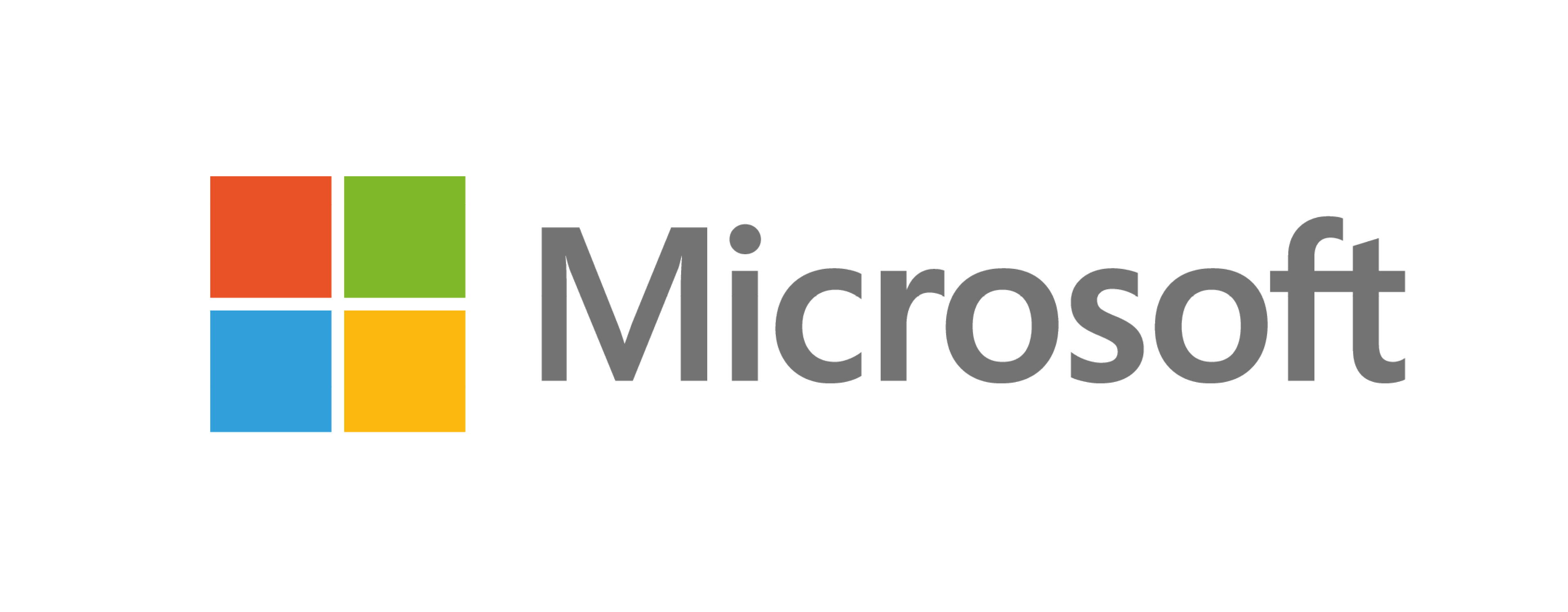Using the Power Platform for rapid prototyping and agile development, allowed for quicker iterations with business users and timely feedback shortening the overall development timeline. In addition, the solution leveraged the Power Platform and Azure infrastructure to scale as the client rolled out the solution around the globe.
“There are various technologies that have a digital ledger for circularity,” notes Erik Funfar, EY Americas Technology Leader for Sustainability, Ernst & Young LLP. “The cloud-based Microsoft Power Platform offers a customizable user interface, end-to-end supply chain traceability and integration with existing ERPs.”
By following the entire manufacturing process, the new automated certification validation system can generate legitimized calculations and recordings of the client’s positive environmental impacts. In addition, the sustainability certification presents solid evidence of recycled feedstock thereby helping this multinational plastics company further meet its sustainability goals.





